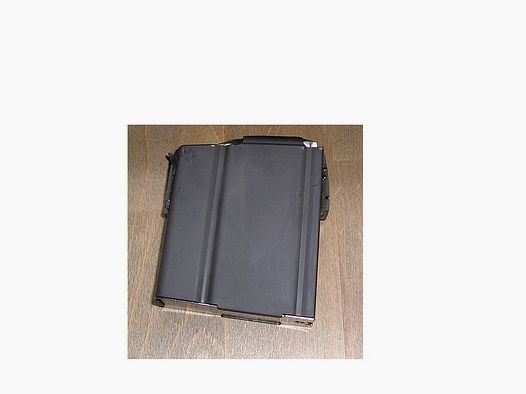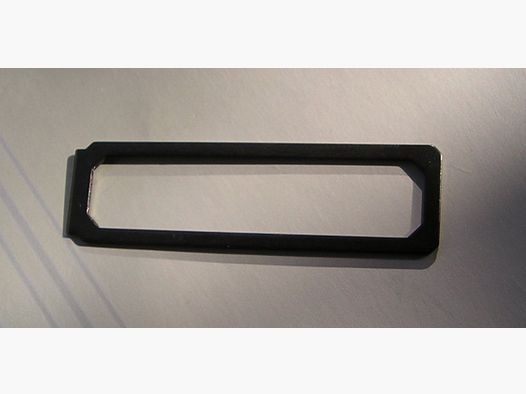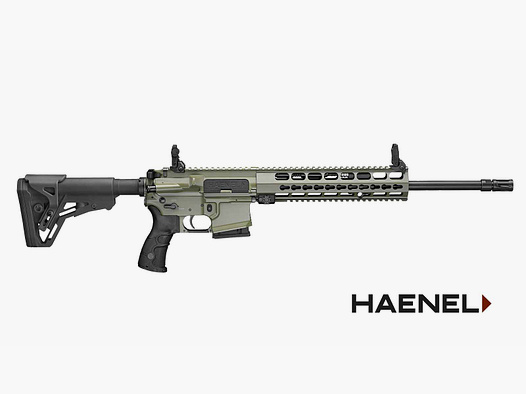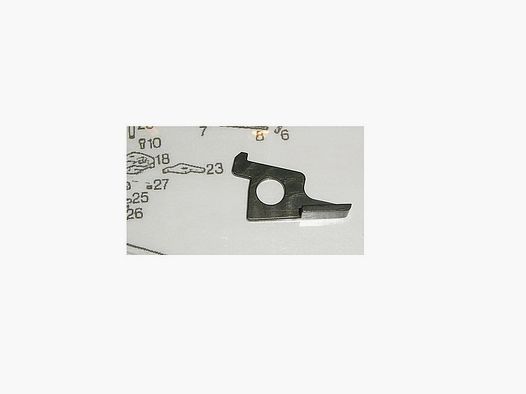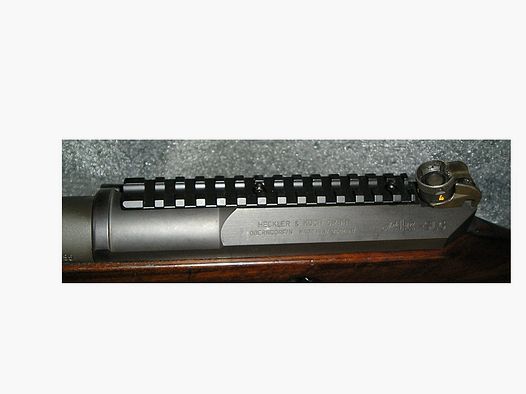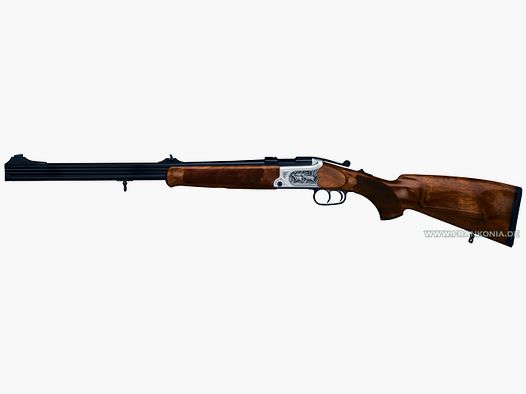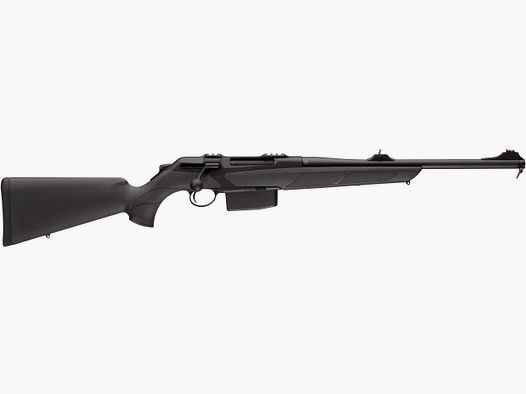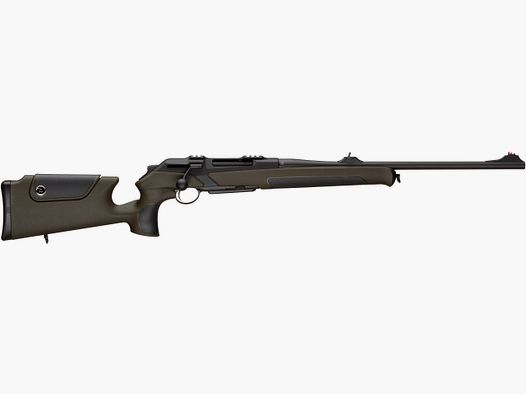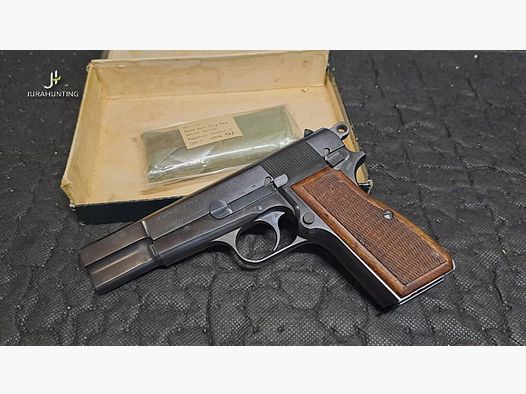The AK-74 is a Soviet assault rifle that was developed in the early 1970s as a successor to the famous AK-47 and represents an important milestone in the development of assault rifles. Officially adopted in 1974, the AK-74 represents an evolution in the Kalashnikov series, building on the proven reliability of the AK-47 but featuring a number of improvements and changes, particularly in caliber and ammunition. The development of this rifle was a direct response to the experiences of the Soviet army and technological advances in weapon manufacturing. This weapon has proven itself in numerous military conflicts.
Development History
The AK-74 was developed in response to the introduction of the 5.56×45mm NATO ammunition and the M16 rifle by the United States during the Vietnam War. Soviet military leaders recognized the advantages of a smaller caliber rifle in terms of range, penetration power, and recoil control. The new rifle, designed by Mikhail Kalashnikov, the creator of the AK-47, aimed to incorporate these characteristics while maintaining the outstanding reliability and ease of maintenance of the original Kalashnikov platform. After extensive testing and adjustments, the AK-74 was finally adopted in 1974, gradually replacing the AK-47 and AKM in the Soviet armed forces.
Technical Features
- Caliber: Unlike the 7.62×39mm caliber of the AK-47, the AK-74 uses the smaller 5.45×39mm caliber, which offers higher velocity, a flatter trajectory, and improved range.
- Magazine Capacity: The AK-74 typically comes with a 30-round magazine, although other magazine sizes are also available.
- Weight: The rifle is lighter than its predecessor, partly due to the use of lightweight metal and plastic components. An empty AK-74 weighs about 3.3 kg.
- Length: The overall length is about 940 mm, with a barrel length of 415 mm.
- Muzzle Velocity: approx. 900 m/s
- Rate of Fire: The AK-74 has a theoretical rate of fire of about 600 rounds per minute.
- Range: The effective range is stated to be about 500 meters, significantly more than the AK-47.
Improvements Over the AK-47
Some of the most notable improvements of the AK-74 include increased accuracy and reduced recoil force, which enhances controllability during automatic fire. Additionally, the smaller caliber results in a higher magazine capacity at the same weight of ammunition, providing soldiers with greater firepower. Another characteristic feature of the AK-74 is the muzzle flash suppressor, which reduces the muzzle flash and further decreases recoil.
Deployment and Distribution
The AK-74 quickly became the standard infantry weapon of the Soviet armed forces and their allies in the Warsaw Pact. After the collapse of the Soviet Union, the rifle remained in service in many successor states and other countries worldwide. It has served in numerous conflicts and has been praised for its reliability in extreme conditions as well as its effectiveness in combat.
Variants
The AK-74 has produced several variants that differ in terms of specific operational requirements and technological advancements:
- AKS-74: This variant features a folding metal stock, making the weapon more compact and easier to transport.
- AK-74M: A modernized version with plastic parts, improved ergonomics, and mounting options for accessories such as scopes and grenade launchers.
- AKS-74U: A shortened version for special forces and vehicle crews, known for its compactness and maneuverability in tight spaces.
- RPK-74: A slightly modified version of the AK-74 that serves as a light machine gun, with a longer barrel and a heavy barrel jacket.
Conclusion
The AK-74 is a significant advancement in the Kalashnikov family of assault rifles. With its introduction, it has greatly improved the effectiveness of Soviet and later Russian infantry units. Its reliability, durability, and combat effectiveness have made it one of the most widely used and recognized weapons of its kind. The AK-74 remains a testament to innovative weapon technology and the enduring legacy of Mikhail Kalashnikov.





